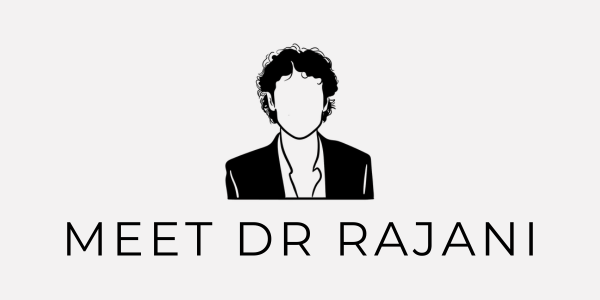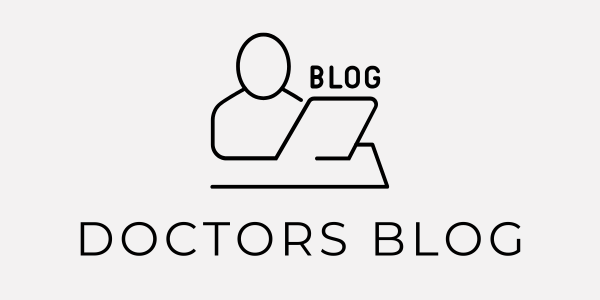The world of aesthetic treatments is constantly evolving, but not all trends lead to positive outcomes. Dr. Rajani, a leading expert in aesthetic medicine with over 25 years of experience and hundreds of thousands of injections performed, has identified several concerning trends that could lead to serious complications in 2025. Let's explore these potentially dangerous aesthetic treatments and understand why they deserve careful consideration.
#1 Worst Aesthetic Treatment: The Crisis of Overfilled Faces
The aesthetic treatment industry is facing a significant challenge with what Dr. Rajani calls "the filler scare." This concerning trend is affecting even legitimate practitioners and is driven by three major factors that are reshaping the industry landscape.
Key Driving Factors:
-
Market Flooding:
-
Multiple companies receiving FDA approval for fillers
-
Established companies facing price pressure
-
Aggressive marketing pushing increased filler usage
-
Rise in counterfeit and imported products
-
Social Media Influence:
-
$21 billion market driving unrealistic standards
-
Influencers requiring exaggerated features for camera
-
Algorithms favoring extreme aesthetic modifications
-
Regulatory Issues:
-
Inconsistent enforcement across states
-
Lack of policing who should be injecting
-
Inadequate oversight of practitioners
The consequences of overfilling can be severe and long-lasting. Dr. Rajani particularly warns about the "race to the bottom" in pricing, which has led to dangerous alternatives.
Potential Complications:
-
Premature aging and facial sagging
-
Skin stretching and bloating
-
Long-term unnatural angles
-
Development of granulomas from fake products
-
Water retention issues from hyaluronic acid
#2 Worst Aesthetic Treatment: Dangers of Microneedling Without Energy
Microneedling without energy has become increasingly problematic, particularly with the rise of at-home treatments. Dr. Rajani expresses serious concern about the proliferation of cheap, generic devices and their misuse.
Primary Concerns:
-
Device Issues:
-
Widespread availability of cheap, generic devices
-
Lack of quality control
-
Easy access through common e-commerce platforms
-
Solution-Related Dangers:
-
90% of online "microneedling solutions" aren't sterile
-
Inappropriate use of regular skincare products:
-
Vitamin C serums
-
Retinols
-
Topical hyaluronic acid
-
Tretinoin (particularly dangerous)
For professional RF microneedling treatments, Dr. Rajani emphasizes three crucial factors that must be carefully managed:
-
Depth of heat penetration
-
Duration of application
-
Energy level calibration
#3 Worst Aesthetic Treatment: The Return of Permanent Thread Lifts
While thread lifts saw a decline in 2024, Dr. Rajani warns about a concerning trend: the return of permanent thread lifts. This aesthetic treatment has become particularly worrying due to the increasing use of dangerous materials.
Thread Types and Duration:
-
PDL (Poly Dioxanone): 6-8 months
-
PCL (Poly Caprolactone): 12-18 months
-
PLA (Poly L-lactic acid): 12-18 months
-
Permanent options (strongly discouraged)
Red Flags in Practitioners:
-
Performing only 1-2 procedures monthly
-
Lack of regular practice
-
Limited experience with thread placement
#4 Worst Aesthetic Treatment: The Complexity of Jawline Fillers
Jawline enhancement through fillers requires particular expertise due to complex facial anatomy. Dr. Rajani warns about significant risks related to the facial artery and proper placement.
Critical Considerations:
-
Anatomical Risks:
-
Proximity to facial artery
-
Complex vascular network
-
Connection to multiple facial areas
-
Common Problems:
-
Filler separation during movement
-
Visible displacement while speaking/chewing
-
Disproportionate facial features
Important Aesthetic Rule:
Dr. Rajani emphasizes that jawline width should never exceed the bizygomatic width (distance between lateral cheeks) to maintain the "inverted triangle of beauty."
#5 Worst Aesthetic Treatment: The Dangers of At-Home Fat Dissolving Injections
A particularly concerning trend emerging from Europe is the rise of at-home fat dissolving injections. Dr. Rajani explains why these treatments carry significant risks, especially for facial applications.
Major Risks:
-
Medical Complications:
-
Tissue necrosis
-
Nerve damage and facial drooping
-
Demyelination of nerves
-
Permanent disfigurement
-
Risk Assessment Perspective:
-
Even 10% risk is too high for facial procedures
-
Face complications can't be concealed
-
Recovery more challenging than body treatments
#6 Worst Aesthetic Treatment: Nose Fillers
Nose fillers, especially permanent ones, represent one of the most dangerous trends Dr. Rajani discusses. The complexity of nasal anatomy makes this procedure particularly risky.
Critical Risk Factors:
-
Anatomical Concerns:
-
Limited blood supply
-
Complex vascular network
-
High risk of blindness
-
Increased risk of tissue necrosis
-
High-Risk Categories:
-
Patients with previous rhinoplasty
-
Multiple prior nose procedures
-
Altered anatomy cases
Expert Recommendations from Dr. Rajani
To ensure safe aesthetic treatments, Dr. Rajani emphasizes several key points:
-
Practitioner Qualifications:
-
Verify medical credentials
-
Ensure proper licensing
-
Treatment Considerations:
-
Avoid permanent solutions when possible
-
Prioritize safety over cost
-
Research thoroughly
-
Understand all potential risks
Conclusion
As aesthetic treatments become increasingly accessible, Dr. Rajani's insights serve as a crucial reminder that convenience and cost savings should never outweigh safety. As he wisely quotes Mike Tyson, "Everyone has a plan until they get punched in the face" – meaning complications can happen to anyone, and prevention through proper medical care is always better than dealing with the consequences of rushed or improperly performed procedures.





